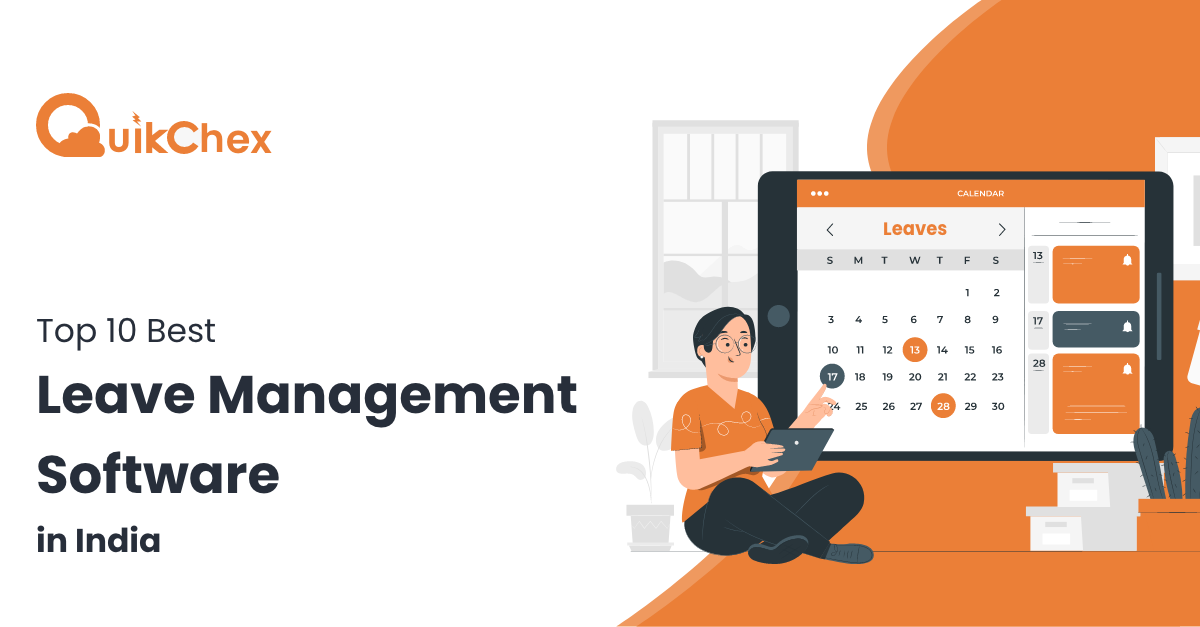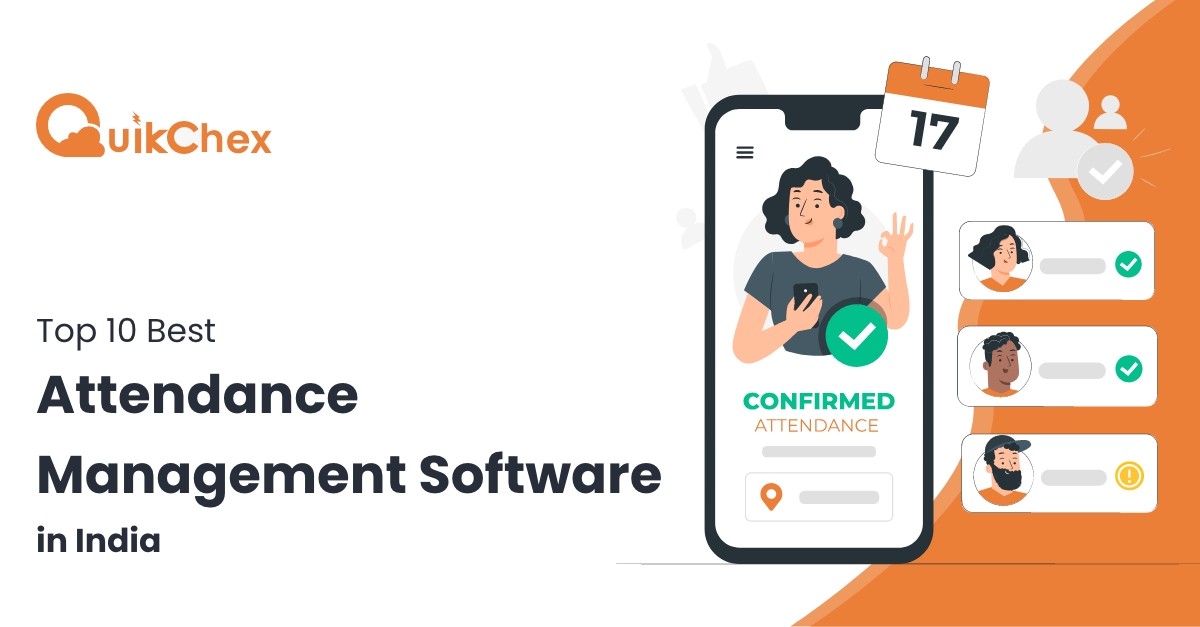9 Things you Should do When an Employee Resigns

As an employer or an HR manager, at some point, you’re bound to face the inevitable. A RESIGNATION – Yes, resignations are part and parcel of professional organizations, especially growing businesses. Sometimes, you might be able to take a resignation in your stride. However, every now and then you’re going to come across a situation where an unexpected resignation will affect certain important processes in your company.
Dealing with resignations appropriately and systematically avoids unnecessary stoppages or hindrances and may even work out in your favor. Here’s a step-by-step process on how you should handle a resignation to smoothen the transition for the employee and the company.
Dealing with resignations appropriately and systematically avoids unnecessary stoppages or hindrances and may even work out in your favor. Here’s a step-by-step process on how you should handle a resignation to smoothen the transition for the employee and the company.
After Resignation Process / Important things
- 1. Acknowledge the resignation
- 2. Negotiating with the employee
- 3. Notice Period and other formalities
- 4. Pending Projects
- 5. The handing over process
- 6. Notice period formalities
- 7. The Exit Interview
- 8. Relieving Formalities
- 9. F&F and relieving letter
1. Acknowledge the resignation
As soon as you receive a resignation from an employee (formal or informal), let the employee know that you have received it and have begun the process at your end. This calms some initial nerves and keeps both parties on the same page. Once, you’ve done this, follow the steps below
– The reporting boss and the HR manager coordinate to decide if they want to attempt to retain the employee or not.
– Arrange for an informal meeting where you can discuss with the employee if there is any way you can retain him. Otherwise, confirm the notice period, handover process, and any unfinished projects that you would want to be completed before the employee’s exit.
– Also, determine whether you want to replace the employee with a new hire. In case you need to hire someone, it’s best to get started with that process as soon as possible.
2. Negotiating with the employee
If you think that the employee is worth going that extra mile to retain, then you’re going to need to understand what it’s going to take to retain him. Usually, a hike or a promotion will make the employee rethink his decision. However, if the issue is deeper and he/she cannot be convinced, then it’s best to show support for their decision.
3. Notice Period and other formalities
Once the resignation has been mutually accepted, discuss what would be the last day of working for the employee. In most cases, notice periods are already decided when an employee joins. This has to be adhered to unless the employee and employer mutually decide otherwise.
Notice period buyouts are common these days and hence it’s a good thing to be prepared for that as well. The norm is usually a day’s salary for each day of the notice that the resigning employee doesn’t serve. On many occasions, the buyout is done by the new company that the employee would be moving to. The right to decline the buyout remains with the employer but shouldn’t be exercised unless absolutely necessary.
Here are a couple more things you may want to discuss while confirming the notice period:
4. Pending Projects
If there’s anything on the employee’s plate that you would like to see completed before he leaves, make that clear. This keeps the employee from getting lethargic during his final days and ensures the delivery of work. However, do make sure that you don’t overburden the employee with unrealistic deadlines.
5. The handing over process
The work handled by the employee resigning of course needs to be taken care of once he is gone. Ask him to pass on his access and tasks (wherever relevant) to a colleague or the new hire.
6. Notice period formalities
Depending on your company policy, you may have separate leave policies and access for employees on their notice period. It’s a good idea to reiterate them to the employee during the initial meeting.
7. The Exit Interview
Close to the end of the notice period, it’s important to conduct an exit interview to further smoothen the exit of the employee. Having this interview close to the last day, helps the employee be bolder about his views. While this may also seem like a formality, when done systematically, it can answer some crucial employee management questions.
Here are some questions that you should ask while conducting an exit interview.
– Why he/she has decided to leave?
– What could you have done to avoid the resignation?
– Would he/she recommend your company to a friend?
– If Yes/No, then what are the reasons?
– Did he/have the tools to carry out their job well?
– What did he/she liked most about the company?
– What did he/ she disliked most about the company?
The answers to these questions should be documented for analysis later. Keeping a log of the exit interview responses will help in identifying HR issues and reduce attrition rates.
8. Relieving Formalities
Finally, before the employee completes his/her last day, ensure all exit formalities have been taken care of. You may want to create a process where the employee needs to get an acknowledgment from relevant superiors before he leaves. This ensures that all pending tasks have been completed and the necessary handovers are done.
Also, ensure that all items given to the employee have been returned. Here’s a quick checklist of things you may have to take back before he leaves.
– Laptops
– Keys for Office/Drawers etc.
– IDs and Access Cards
– Company Cell phone
– Company Credit Card
As an extra step, it would also be a nice gesture to mail employees on their last day wishing them luck. This would leave the employee with a positive image of your company.
9. F&F and relieving letter
It’s finally time to process the employee’s full and final settlement. Here’s a quick guide to what you need to include in it
– Unpaid Salary including LTA, reimbursements, and bonuses
– Encashment of leaves that haven’t been taken
– Gratuity, if applicable
– Pension, if applicable
Once the amount has been processed, send the employee his/her relieving letter. Don’t forget to mention the tenure, designation, and compensation in the letter.
Following a set procedure, avoids unnecessary delays and smoothens the transition for the employee and for you. Try to keep things professional so that there are no burned bridges at the end of the ordeal.
To make things easier, we’ve also prepared a Resignation Kit and employee experience letter for employers. This contains a relieving letter template, an exit interview recording sheet, and an overall checklist. Click on the button below to download this awesome resource!




